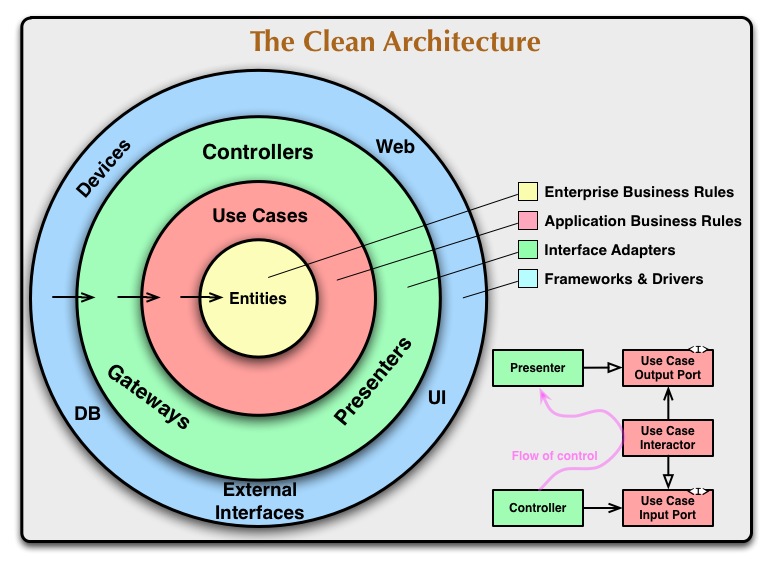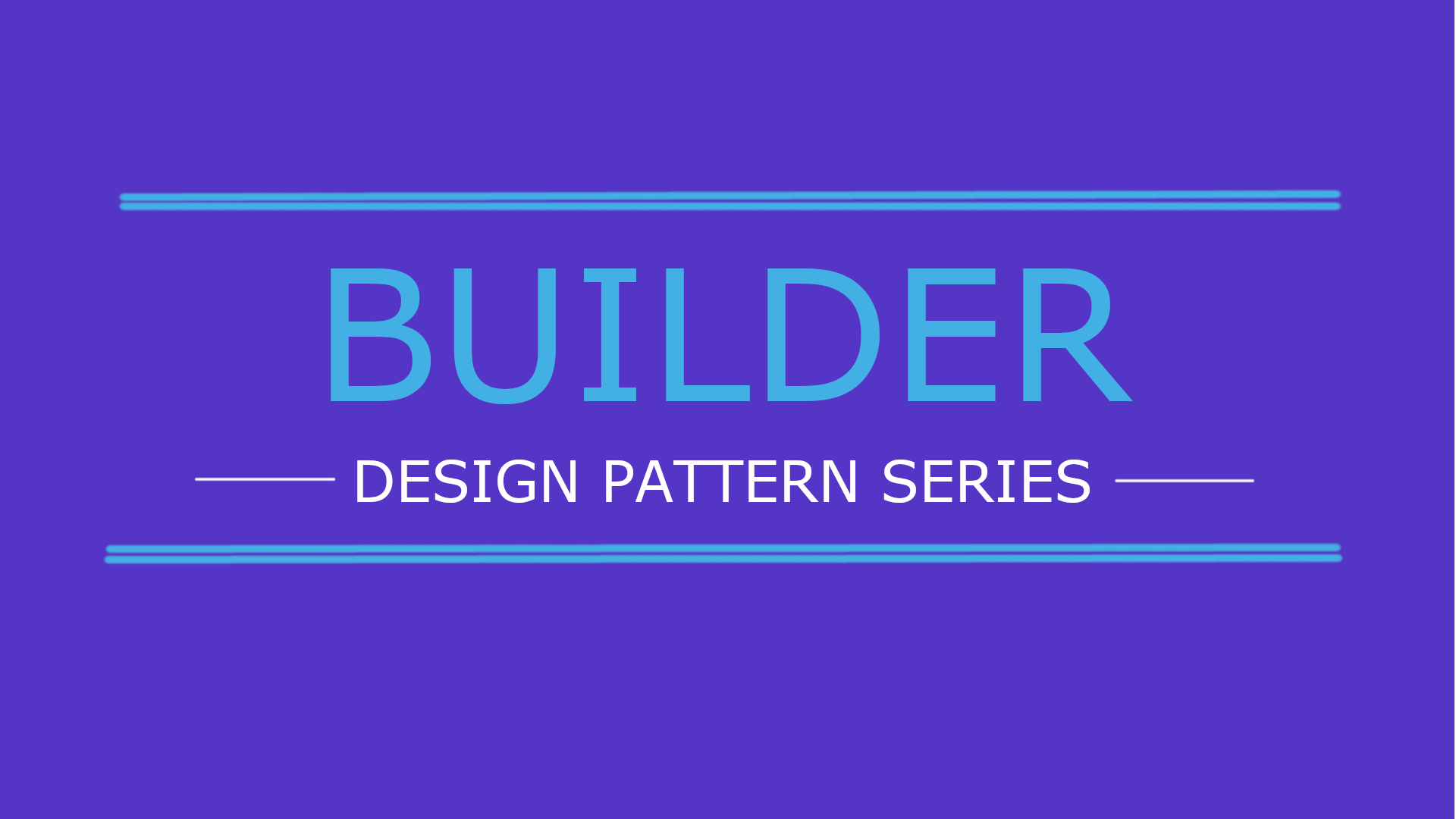
Introduction to Clean Architecture
Clean Architecture is a design approach introduced by Robert C. Martin, also known as Uncle Bob. This architectural pattern emphasizes the separation of concerns and aims to make software systems more maintainable and adaptable. This article provides an in-depth exploration of Clean Architecture, including its core principles, architecture layers, implementation strategies, and real-world applications.
1. Overview of Clean Architecture
Clean Architecture is designed to address common issues in software development such as tightly coupled components, lack of flexibility, and difficulty in testing. By organizing code into distinct layers with specific responsibilities, Clean Architecture helps developers create systems that are easier to understand, maintain, and extend.
1.1. Historical Context
Clean Architecture builds upon earlier design principles and patterns such as the SOLID principles, which are fundamental to object-oriented design. Understanding the historical context and evolution of these concepts provides valuable insights into why Clean Architecture is structured the way it is.
1.2. Comparison with Other Architectures
Clean Architecture is often compared to other architectural patterns such as Layered Architecture, Hexagonal Architecture, and Microservices. Each of these patterns has its own strengths and weaknesses, and understanding these differences can help developers choose the right approach for their specific needs.
2. Core Principles of Clean Architecture
2.1. Separation of Concerns
Separation of Concerns is a fundamental principle in Clean Architecture. This principle involves dividing the system into distinct layers or modules, each responsible for a specific aspect of the application. This separation helps reduce complexity and improve maintainability.
2.2. Dependency Rule
The Dependency Rule states that dependencies should always point inward, towards more stable and less volatile components. This rule ensures that changes in external layers do not affect the core business logic, promoting flexibility and stability.
2.3. Interface Segregation
Interface Segregation involves designing interfaces that are tailored to the needs of specific clients or components. This principle helps avoid the pitfalls of large, monolithic interfaces and promotes a more modular design.
2.4. The Principle of Inversion of Control
Inversion of Control (IoC) is a principle that dictates that high-level modules should not depend on low-level modules but rather on abstractions. This principle is closely related to Dependency Injection, which is commonly used in Clean Architecture to manage dependencies.
3. Architecture Layers in Clean Architecture
3.1. Entities
Entities represent the core business objects and logic of the application. They are independent of external frameworks and tools and encapsulate the fundamental rules and operations of the system.
3.1.1. Designing Entities
Designing entities involves defining the core business logic and data structures. It is important to ensure that entities are designed with a focus on encapsulation and separation of concerns.
3.1.2. Example Entities
Consider an e-commerce application where entities might include Product, Order, and Customer. Each of these entities would have its own set of attributes and methods that define its behavior.
3.2. Use Cases
Use Cases define the application-specific business rules and interactions. They act as an intermediary between the core business logic and the external world, processing input and managing data flow.
3.2.1. Designing Use Cases
Designing use cases involves defining the operations and workflows that the application supports. Use cases should be designed to be independent of external systems and should focus on the application's core functionality.
3.2.2. Example Use Cases
In an e-commerce application, use cases might include PlaceOrder, CancelOrder, and SearchProducts. Each use case would interact with the core entities and handle specific business logic.
3.3. Interface Adapters
Interface Adapters include components such as controllers, gateways, and presenters that facilitate communication between the core business logic and external systems. These adapters translate data between different formats and handle interactions with external tools.
3.3.1. Designing Interface Adapters
Designing interface adapters involves creating components that translate data between the application's core layers and external systems. It is important to ensure that adapters are loosely coupled and follow the principles of separation of concerns.
3.3.2. Example Adapters
For an e-commerce application, interface adapters might include OrderController, ProductGateway, and CustomerPresenter. These components handle HTTP requests, interact with databases, and format data for presentation.
3.4. Frameworks and Drivers
This layer consists of external tools and frameworks such as databases, UI frameworks, and third-party libraries. It interacts with the application through the interface adapters and should be kept separate from the core business logic.
3.4.1. Designing Frameworks and Drivers
Designing frameworks and drivers involves integrating external tools and libraries with the application's core layers. It is important to ensure that these components are modular and do not directly depend on the core business logic.
3.4.2. Example Frameworks and Drivers
In an e-commerce application, frameworks and drivers might include SQLDatabase, ReactJS, and StripePaymentGateway. These components handle data storage, user interface rendering, and payment processing.
4. Implementation Strategies
4.1. Dependency Injection
Dependency Injection (DI) is a technique used to manage dependencies between components in Clean Architecture. It involves providing dependencies to a component rather than having the component create them internally.
4.1.1. Benefits of Dependency Injection
Dependency Injection promotes loose coupling, improves testability, and enhances flexibility. It allows components to be easily replaced or mocked, facilitating unit testing and code maintenance.
4.1.2. Implementing Dependency Injection
To implement Dependency Injection, you can use frameworks such as Spring for Java, or built-in DI containers in .NET or Node.js. Configure the DI container to manage the lifecycle and resolution of dependencies.
4.2. Testing Strategies
Testing is a crucial aspect of Clean Architecture. By isolating components into distinct layers, you can test each layer independently and ensure that the system behaves as expected.
4.2.1. Unit Testing
Unit testing focuses on testing individual components or methods in isolation. By using mocking frameworks and stubbing dependencies, you can test the behavior of each layer without relying on external systems.
4.2.2. Integration Testing
Integration testing involves testing the interaction between different components or layers. It ensures that the components work together correctly and that the system functions as expected.
4.2.3. End-to-End Testing
End-to-End testing validates the complete system from the user's perspective. It involves testing the entire application, including the user interface and external integrations, to ensure that all components work together seamlessly.
5. Real-World Applications
5.1. Case Studies
Analyzing real-world case studies can provide valuable insights into how Clean Architecture is applied in different domains. These case studies highlight practical challenges, solutions, and outcomes.
5.1.1. E-Commerce Platforms
Explore how Clean Architecture is used in e-commerce platforms to manage complex business rules, integrate with payment gateways, and handle high traffic volumes.
5.1.2. Financial Systems
Examine how financial systems apply Clean Architecture to ensure security, regulatory compliance, and scalability.
5.2. Common Challenges
Implementing Clean Architecture can present challenges, such as managing dependencies, ensuring proper layer separation, and integrating with legacy systems.
5.2.1. Addressing Dependency Management
Strategies for managing dependencies, including using Dependency Injection and modular design, can help address common challenges.
5.2.2. Handling Legacy Systems
Techniques for integrating Clean Architecture with legacy systems, including incremental refactoring and adapter patterns, can help modernize existing applications.
6. Tools and Resources
6.1. Tools for Clean Architecture
Explore tools and frameworks that support Clean Architecture, such as Dependency Injection containers, testing frameworks, and code analysis tools.
6.1.1. Dependency Injection Containers
Examples include Spring (Java), Microsoft.Extensions.DependencyInjection (.NET), and InversifyJS (Node.js).
6.1.2. Testing Frameworks
Examples include JUnit (Java), NUnit (.NET), and Jest (JavaScript).
6.2. Further Reading
Books, articles, and online resources that provide additional insights into Clean Architecture and related topics.
6.2.1. Books
- "Clean Architecture" by Robert C. Martin
- "The Clean Coder" by Robert C. Martin
6.2.2. Articles
7. Conclusion
Clean Architecture offers a robust framework for organizing code and managing complexity in software systems. By adhering to its principles and implementing its practices, developers can build applications that are more maintainable, flexible, and adaptable to change. Whether you are working on a new project or refactoring an existing one, Clean Architecture provides a valuable approach to achieving long-term success in software development.
8. Appendix
8.1. Sample Code Repositories
8.2. Glossary of Terms
- Entity: Core business object in Clean Architecture.
- Use Case: Application-specific business rule.
- Interface Adapter: Component that facilitates communication between layers.
- Dependency Injection: Technique for managing dependencies between components.
9. References
- Robert C. Martin, Clean Architecture: A Craftsman's Guide to Software Structure and Design
- Wikipedia: Clean Architecture
- Uncle Bob's Blog


